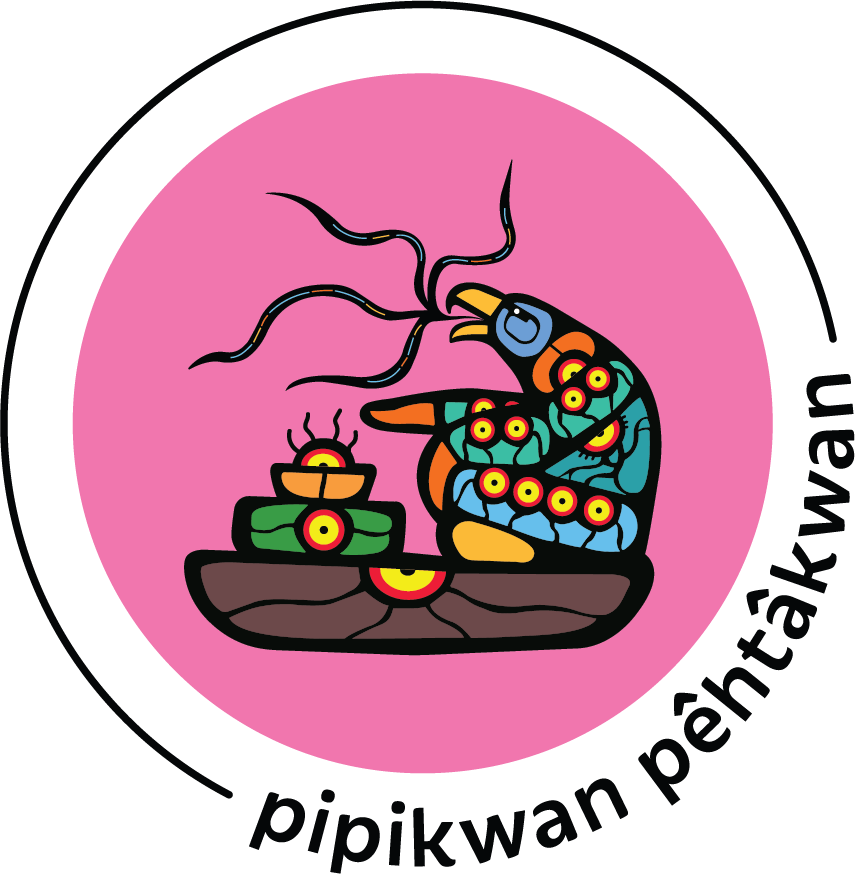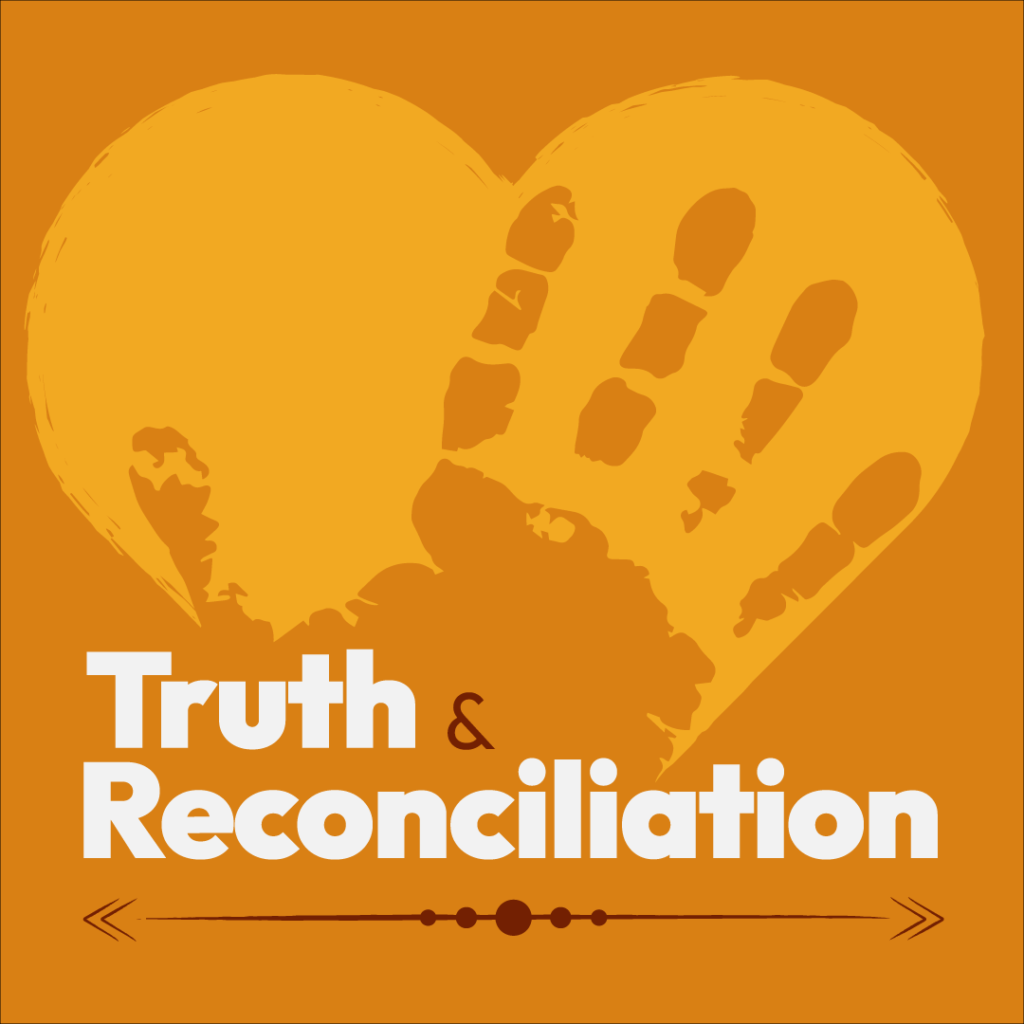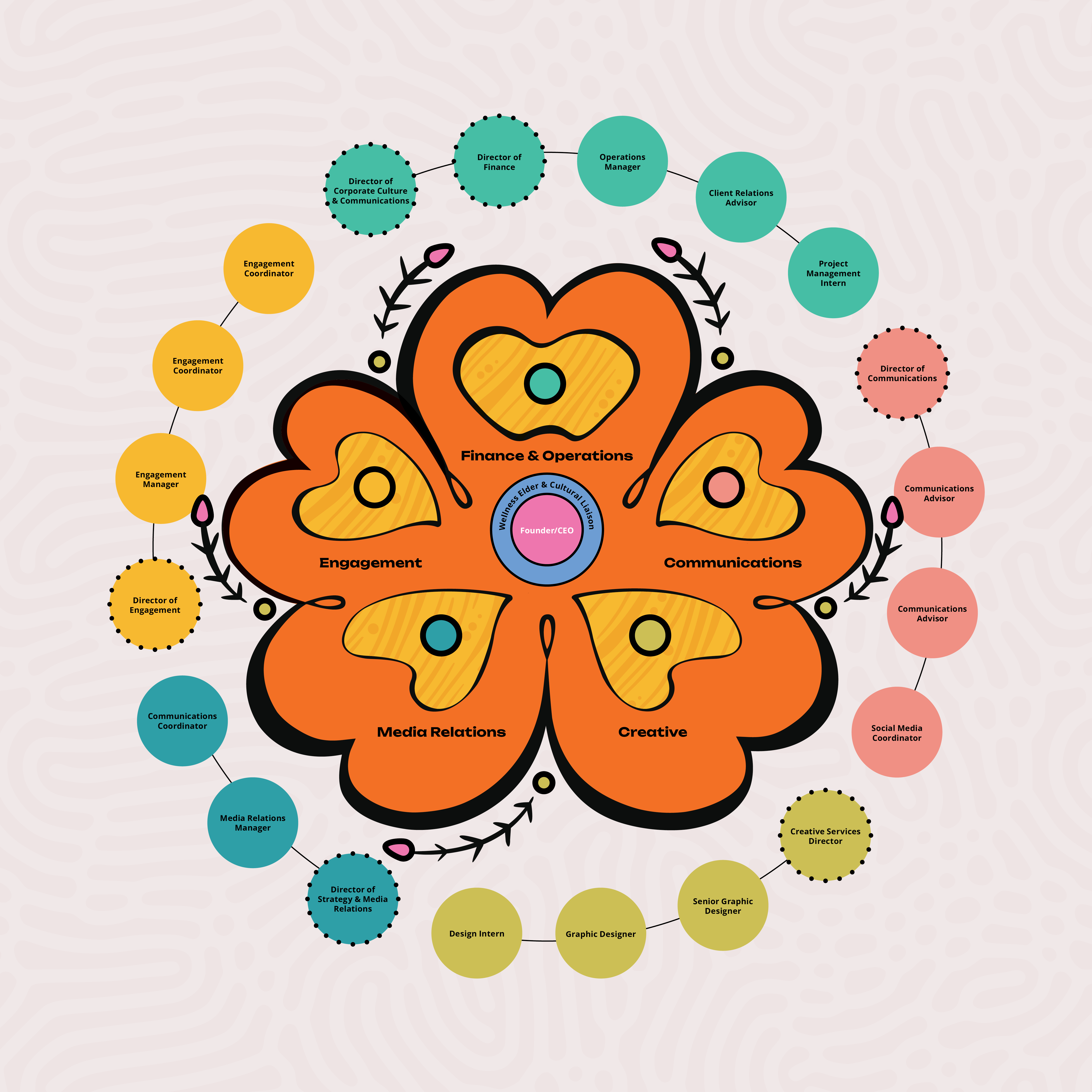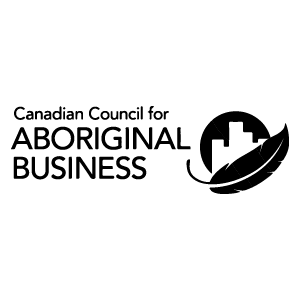The National Day for Truth and Reconciliation is September 30, and the team at pipikwan pêhtâkwan reflected on what the day means to us.
Reconciliation isn’t something we often discuss within our team interactions, though it’s embedded into the processes of our company structure. We don’t stop to think about, ‘how can we Indigenize our company as a means to advance truth and reconciliation?’ in so many words, but the way we approach each other, projects and the community is done in a way that is true to how our Elders and Ancestors have collaborated in the past. We lead with community-centred focus and think about what’s best for the good of all, rather than just ourselves. We engage with community members from a relationship perspective rather than trying to enforce our ideologies onto them. We listen with intent and give space for Indigenous Peoples to share their experiences.
When we think about what truth and reconciliation means to us, we think collectively about its definition as well as how it can be implemented into our (and others’) daily lives and thought processes.
Though we are an Indigenous owned and majority run organization, we understand that we don’t hold all the answers on how to achieve reconciliation. What we can offer is our truths through our lived experiences and share what we’ve learned with you.
Before we can begin our reconciliation journey, though, we first need to understand what truth and reconciliation means.
What is Truth and Reconciliation?
The Truth
It’s important to remember that reconciliation cannot happen without the truth. When we speak of the truth in truth and reconciliation, what we’re referring to is the truth as to how Indigenous Peoples have been treated by settlers and the Canadian government since the colonization of what is known as Canada. We’re referring to the truth about the residential school system, Survivors and the intent of the federal government and church bodies behind those residential schools/institutions.
So, what is the truth in this context? According to the Truth and Reconciliation Commission (TRC) of Canada’s Executive Summary, “the residential school system was based on an assumption that European civilization and Christian religions were superior to Aboriginal culture, which was seen as being savage and brutal.”
In an effort to curb this ‘brutal savagery’, the government and church bodies forced an estimated 150,000 First Nation, Métis and Inuit children into residential schools/institutions to assimilate them. In operation from the 1860s to 1996, these schools were designed to disconnect Indigenous children from their families, languages and cultural practices. Many children also experienced physical, emotional, verbal and sexual abuse.
The truth in this context is about acknowledging the atrocities committed by the church and government at those schools/institutions. Only after we fully understand the truth about the abuses that occurred at these institutions – as well as other government-led initiatives meant to assimilate Indigenous Peoples into mainstream society – can we fully embark upon the journey of reconciliation. To find this truth, we must listen to our Elders and Survivors of the residential school systems and their lived experiences.
Reconciliation
When we talk about reconciliation in truth and reconciliation, there’s not a step-by-step process that we can refer to and then reconciliation is complete. Rather, reconciliation is an ongoing learning and unlearning experience that is mutually beneficial to both Indigenous and non-Indigenous peoples. It’s something that takes time.
Reconciliation is about “establishing and maintaining a mutually respectful relationship between Aboriginal and non-Aboriginal people in this country,” according to the TRC. “For that to happen, there has to be awareness of the past, acknowledgement of the harm that has been inflicted, atonement for the causes and action to change behaviour.”
Reconciliation is an action word and it requires systemic change for it to be effective. Systemic change comes from changing our very thought processes, which can take time, however, the TRC has created a list of 94 Calls to Action that we can act on today within our organizations and communities.
Though we live in a fast-paced environment that monitors our success by how many productive hours can be pumped out of our employees, reconciliation requires us to pause and reflect on why and how we are doing our work. Though it is more time consuming, we will come out the other side with a renewed sense of purpose and being. Reconciliation allows room for other perspectives to thrive and will open the door to entirely new ways of living and experiencing life. It’s an exciting journey to embark upon.
What we know about reconciliation
At pipikwan pêhtâkwan, we’re not experts in the field of reconciliation. How can we be as we continue to operate within a colonial system? But we do share a set of common beliefs and lived experiences as a mostly Indigenous run company. We’ve learned a few things as marginalized peoples within our own territories, and we’re happy to share our experiences with our non-Indigenous relatives to promote an environment of community compassion and understanding.
What we do know about reconciliation is that it requires open learning. This learning can take place in many formats and on your own time. There are online courses, reconciliation reading lists, and Elders and community leaders who are willing and have been sharing their stories and experiences. And while we may want to do everything we can to advance reconciliation as soon as possible, sometimes all we need to do is spend an afternoon with Indigenous Elders and community members to realize that reconciliation is a slow and gentle process. It’s really about understanding.
Another thing we know about reconciliation is that it’s important to listen with intent. We live in a world where our attention is a commodity, and in order to be heard, we have to be the loudest in the room. From a reconciliation perspective, we don’t assume we have all the answers, so we listen to understand. It’s in this act of trying to understand that we find common ground, and in this common ground we’re able to work together with shared perspectives and outcomes that benefit everyone, not just the hegemonic society.
We understand that even we, as an Indigenous owned and majority run company, have more to learn about reconciliation and how to approach it in a good way. Through our learned experiences, we have come up with a few recommendations to help you on your journey towards reconciliation.
What can we do now to help reconciliation advancement?
A big move companies can make today to advance reconciliation is to hire Indigenous Peoples in decision making roles. By including Indigenous perspectives (as well as those perspectives outside the dominant culture) in the president and CEO boardrooms where change can happen, we’re actively seeking perspectives other than the status quo. Change happens outside of the status quo and by including alternate perspectives at these decision-making tables, the better it is for a more balanced and inclusive organization and community.
Another way to advance reconciliation is to become an advocate or ally (though they are not mutually exclusive roles). Being an ally is about disrupting oppressive spaces by educating others on the realities and histories of marginalized people. As an ally, you have the privilege of being born into the dominant culture, and with that privilege comes great responsibility as well as great power. Your voice matters. Use your voice to advocate and speak up, and educate your non-Indigenous friends and family about Indigenous issues. As an Indigenous person experiencing colonial oppression, it can be difficult or harmful to have these conversations with someone who is intent on misunderstanding us. As an ally and advocate, you have no proverbial skin in the game, but your words carry great power especially to those in your closest circles – you already have a relationship with this person and they are more likely to listen to you.
Our voices have power, and they become all the more powerful when we use them together.
And finally, educate yourself. This simple step takes the emotional labour off of Indigenous People and puts the power in your hands to help lift up marginalized groups. It’s the first step in becoming a good advocate and ally. Take online Indigenous courses such as Indigenous Canada through the University of Alberta. A lot of these courses are designed so that you can learn at your own pace. By taking online courses to learn the truth behind Canada’s history, you’re better equipped to foster an environment of understanding and inclusivity within your personal and professional lives. Which is one step closer to reconciliation.
Though these are just a few things you can do today to help you on your reconciliation journey, we want to remind you that this is not an exhaustive list and we encourage you to do some research on your own. Remain curious about how you can advance reconciliation in your company and community. We are all learning together.




